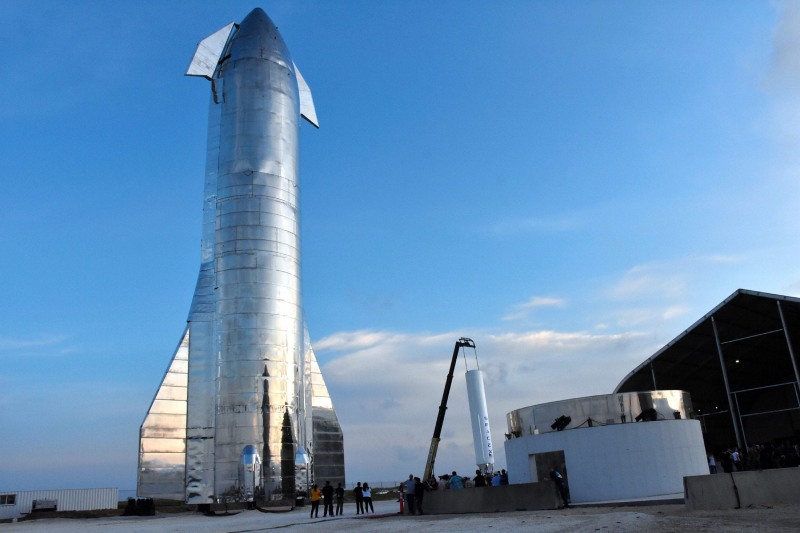In 2023, SpaceX’s enormous, reusable Starship rocket conducted two test flights: one in April and one in November. According to company representatives, a third test flight might take place as early as February 2024.
In a Tuesday, January 9, media teleconference about developments to NASA’s Artemis moon program, SpaceX Vice President of Customer Operations and Integration Jessica Jensen said that the company has already applied for permission to launch Starship on its third flight. “In terms of hardware preparation, our goal is to be prepared by January. Then, with regard to FAA licensing, we’re obtaining a license for flight three,” Jensen stated, making reference to the Federal Aviation Administration of the United States.
Jensen continued, saying that although SpaceX is now wrapping up the remedial procedures that were requested following Starship’s second flight test, the company anticipates receiving FAA approval for the third flight test in February. “We anticipate receiving that license in February. Thus, it appears that three will take place in February of this year.”
During the teleconference on Tuesday, there was also a detailed discussion of the off-Earth propellant transfer that SpaceX and NASA have scheduled for the Artemis 3 mission in the coming years. NASA chose Starship as the crewed lander for Artemis 3, which will transport two humans to the moon and return to lunar orbit at the end of their mission, in 2021.
However, a gigantic spacecraft like as Starship would need to refuel in orbit before proceeding to the moon, since rockets and spacecraft use up most of their fuel when escaping Earth’s deep gravity well. How many of these refueling flights will it take to fully refuel Starship in orbit has been one unanswered question.
That point was raised during the Tuesday teleconference, and NASA Administrator Bill Nelson went so far as to guarantee that the question was addressed when Jensen’s initial response lacked specificity.
In response, Jensen said that “roughly 10ish” trips will be needed to refuel the Artemis 3 Starship in space, while the precise number may vary depending on the results of the propellant transfer capability tests. Jensen indicated that the third test flight of Starship will “not be the mission that does the on-orbit ship-to-ship propellant transfer” that Artemis 3 will require.
“It sounds complex and scary, and it seems like this kind of big nebulous thing, but when you really break it down into the various pieces, we’ve actually achieved almost all of the complex parts already on our operational programs now, and it’s just gonna be piecing them together for Starship,” Jensen added.
According to NASA’s Amit Kshatriya, deputy associate administrator for the agency’s Moon to Mars Program, the fact that SpaceX and NASA have used a variety of models and analyses to try and estimate how many propellant transfer flights would be required is one reason why the number of propellant transfer flights has been estimated so widely in the past.
“But the rubber’s gonna meet the road when we actually try and do this in orbit,” Kshatriya said. “SpaceX has been extremely transparent with us, and we’ve been sharing a lot of data with them about our own challenges in terms of cryogenic refueling.”
Kshatriya added that, in addition to propellant transfer tests, the agency wants to conduct an uncrewed landing test on the moon with Starship prior to Artemis 3.
As announced during Tuesday’s teleconference, NASA is currently aiming for September 2025 for the crewed Artemis 2 mission, which will send a crew of four around the moon and back. The history-making crew will include three NASA astronauts — commander Reid Wiseman, pilot Victor Glover (who will be the first person of color to leave low Earth orbit, or LEO) and mission specialist Christina Koch (the first woman) — as well as Canadian Space Agency astronaut Jeremy Hansen (who will become the first non-American to leave LEO).
Then, according to Nelson, in September 2026, Artemis 3 will arrive. The timetables for the propellant transfer tests and Starship flying tests make that goal appear more and more lofty.





